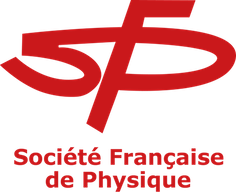Orateur
Description
In this study we evaluate the contribution of binary coalescences to the stochastic gravitationnal-wave background from population 1, 2 and 3, as defined by to the hertzsprung Russel classification. We assume that the coalescences we observed are formed throug stellar evolution in the field of galaxies with no dynamical interactions. We use the new population synthesis starTrack to generate realistic population of merging binaries (binary black holes BBH, but also binary neutron stars and neutron star-blackholes), and calculate the energy density spectrum of the background. We account for the eccentricity, which is expected to play a signifiant role at low frequencies accessible by the space antenna LISA. In addition, for the first time, we include binaries that do not merge in a Hubble time. We obtain the energy density contributions for all of these populations and also the residual contributions, after detected sources are subtracted by four detector networks: HLV (LIGO Hanford and Livingstone and Virgo), HLVIK (HLV and LIGO India and Kagra), ET (Einstein Telescope), and ET+2CE (ET and two cosmic explorer located at the actual place of Hanford and Livingston).

